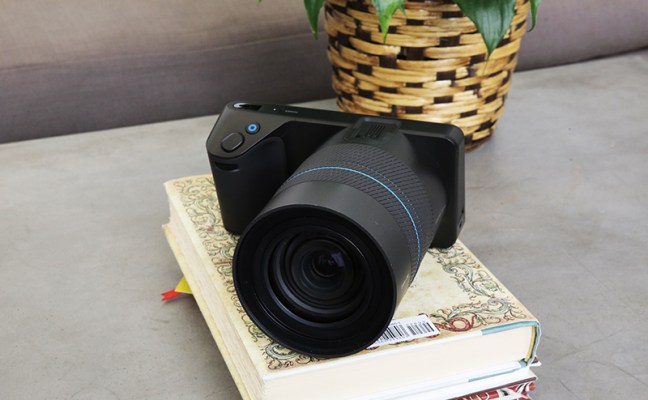Lytro’s new Illum camera is the company’s second take at hardware, and by all accounts a significant improvement over the original light-field camera. It offers all the same post-capture focus changing abilities, and the more recently introduced perspective shifting features, but in a package that resembled a more traditional DSLR (albeit with a fixed lens) and higher resolution captures. But it’s also $1,600 – a price that essentially relegates it to the hinterlands of niche devices, in the already specialist niche photography enthusiast market. So what gives?
Already, the original Lytro is mentioned in the same breath as today’s newest and top-selling smartphone devices; the HTC One M8, Samsung Galaxy S5, Sony Xperia Z2 and even Google’s own native camera app software all contain background defocus and focus changing effects and filters. Nokia has a standalone app that does the same, and chipmakers like Qualcomm are building support for these features into their SoCs for mobile devices as a new standard.
But OEMs and software makers aren’t using Lytro’s tech to achieve this effect, just the idea as a blueprint for their own designs. Lytro’s light-field technology is arguably the most impressive from a technical standpoint, and the best at rendering accurate depth of focal field (some of the software solutions so far produce weird-looking results) but that hardly matters when your first hardware is a $400 rectangular tube that produces small-res photos you can only share via embeds.
Likewise, the Illum isn’t necessarily tech that easily translates into a value-add for the direction in which photography is headed. It resembles a camera much more closely than the one that they originally debuted for sale in 2011, but it resembles the wrong kind; this looks like a hefty mirrorless ILC camera or small DSLR. And while the fixed lens’ f/2.0 aperture across its considerable 30 to 250mm range is impressive, it’s the kind of tech that’ll wow camera enthusiasts but not the average consumer.
Lytro’s Illum is a precious device for a dwindling crowd – camera lovers will marvel at the tech, but likely not enough to lay down $1,600 on a gadget that can’t be upgraded with new lenses in the future. The real value here is the possibility it creates for lenses and software that work with legacy makers’ DSLR hardware, including Canon and Nikon, but even that would require an overhaul to firmware and formats that won’t bear fruit for years to come, even if Lytro can build lenses that work with their existing sensor systems.
The Illum is a beautiful gadget that tickles the hearts and minds of camera lovers and device addicts alike, but it ultimately represents another museum piece; Lytro’s building hardware that can occupy an “Eccentricities of the early 21st century” display at a photography exhibit in the Smithsonian, while the real camera industry (read: the mobile phone industry) takes what it needs from Lytro’s advances and quietly ignores the rest.
